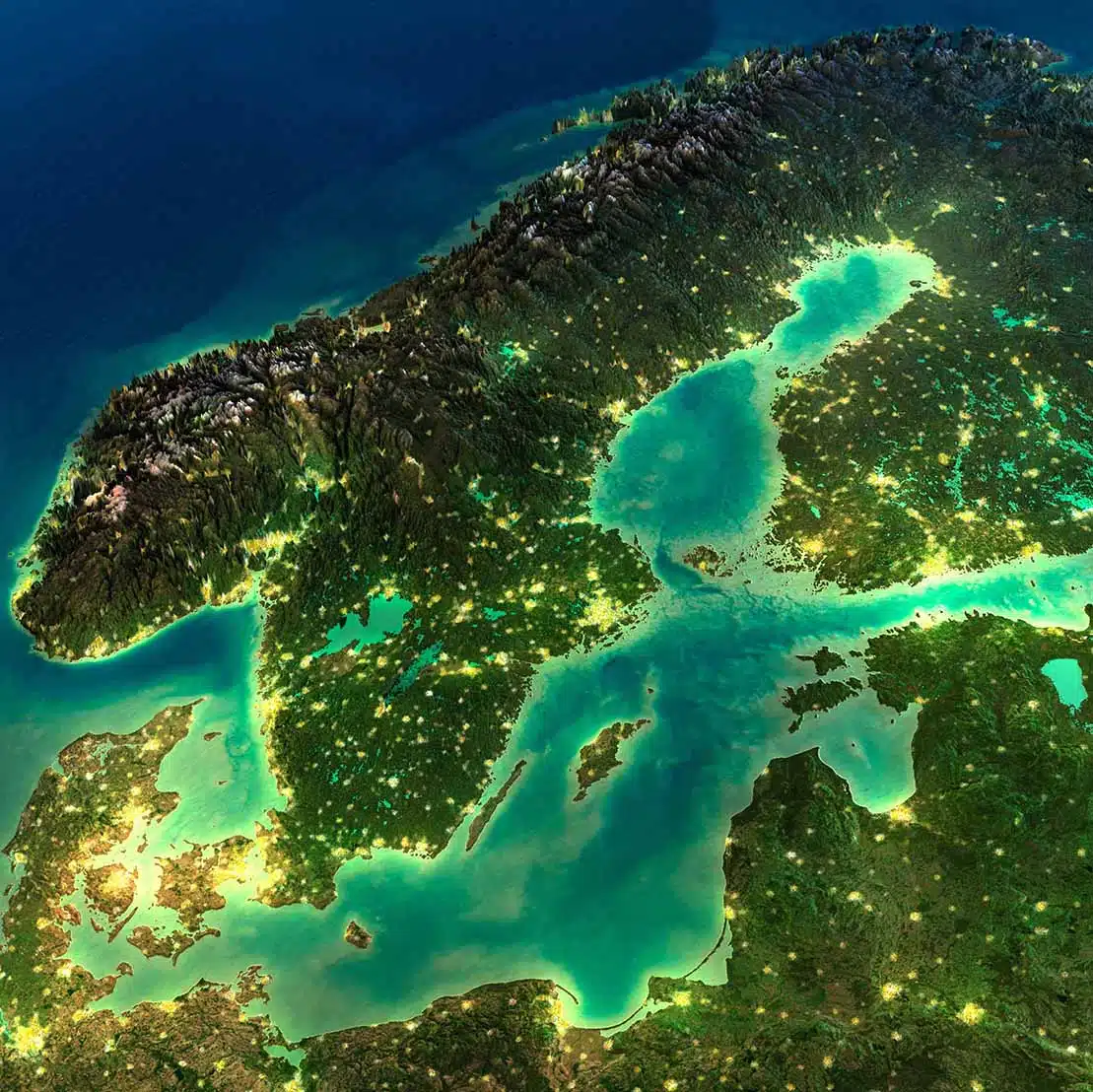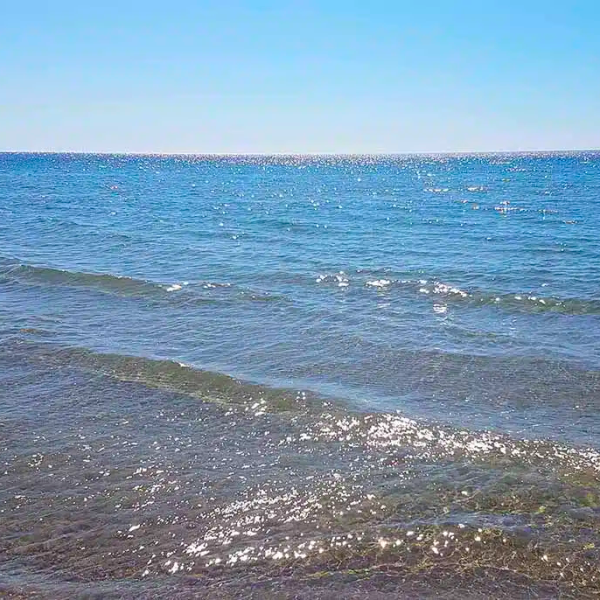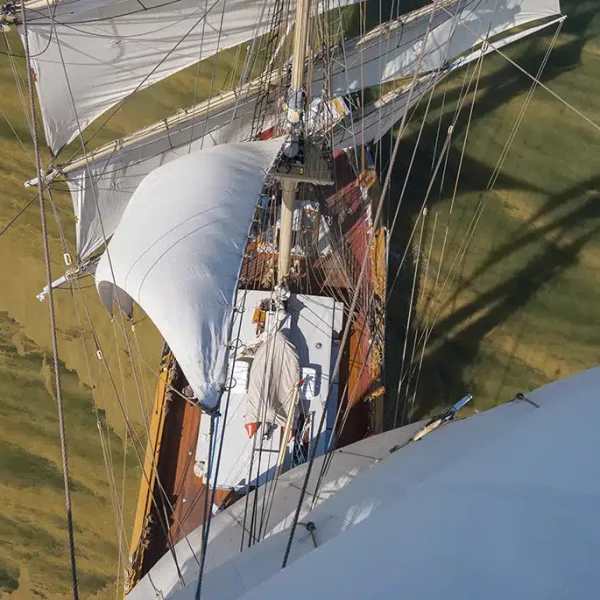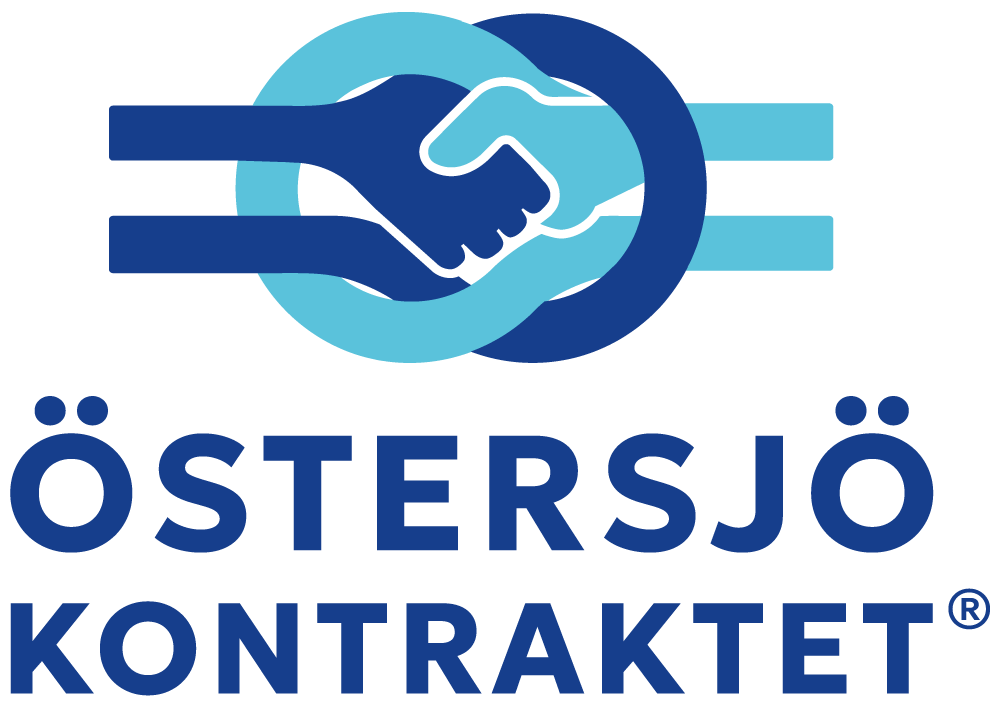“Wild salmon must be put back on everyone’s plate”
Anyone who stood by the river or went out on a boat 40 years ago caught plenty of fish.
Today, fishermen often go home empty-handed.
If we had the same lack of regulation of game on land, deer and elk would soon be extinct.
Small steps are being taken, but much more is needed to save fish and fishing, writes 36 star restaurateurs and winners of the Chef of the Year award in DN DEBATT.
https://www.dn.se/debatt/vildlaxen-maste-ater-fa-ta-plats-pa-var-mans-tallrik/
The numbers of fish along our coast today are completely different from what they were 30-40 years ago.
Back then, fishing yielded abundant catches of cod, whitefish, perch, pike, salmon and trout.
Even turbot and flounder.
Today, nets and fyke nets are often completely empty, and anglers have to work for many hours before they get a bite on their fly or lure.
One might ask where all the fish have gone and what is the cause of the very sharp decline in all fish stocks.
Management needs to take a broader view of the situation and consider that there must be food for the fish, otherwise they grow poorly and stocks decline.
Large-scale industrial fishing for herring, which is the main food for wild salmon, removes the most important food source.
This is obvious – if you take away the wild salmon’s food, you take away the salmon too.
If we are to bring back our rich wild salmon stocks, society and authorities need a holistic approach to management.
1. salmon habitats must be protected so that reproduction can take place naturally in smaller watercourses
2. there must be plenty of food.
The large-scale predatory fishing that now takes place in the Baltic Sea, where the fish become fishmeal and feed in fish farms, must stop.
3. predators, especially seals and cormorants, that pose a threat to salmon stocks must be reduced.
REPLY DN DEBATT – Swedish Agency for Marine and Water Management:
Sustainable fisheries require long-term efforts to reduce climate change and eutrophication – taking into account the whole ecosystem.
https://www.dn.se/debatt/att-skjuta-av-skarv-och-sal-loser-inte-problemen-i-ostersjon/
Below I respond to the chefs’ three claims:
1.Salmon habitats must be protected so that reproduction can take place naturally in the smaller rivers.
Thanks in part to extensive restoration work in watercourses and sharply reduced quotas for commercial fishing in the sea, the Swedish salmon stock has had a very positive development over the past 20 years.
A clear break in the trend was noted in 2023 when fewer salmon returned in several rivers.
We are now investigating the reason.
The sea has imposed restrictions on fishing both in and outside rivers with weak stocks, including in the Ljungan and Ume/Vindel rivers.
All commercial fishing for salmon has been phased out in areas where there is a risk of catching salmon from weak stocks.
Hav is also working for a reassessment of hydropower in our waterways to ensure that hydropower has modern environmental conditions.
This will provide better opportunities for salmon and other fish to migrate.
2.There must be plenty of food.
EU fisheries ministers decide on quotas for different fisheries based on scientific advice from the International Council for the Exploration of the Sea (ICES) and proposals from the European Commission.
The Swedish quota is then allocated to the Swedish fishing fleet.
Over 80% of fishing in the Gulf of Bothnia is carried out by Finland.
Demand for herring is low and price trends have not been favorable.
As a result, more and more herring has been converted into fishmeal, which is used as feed in fish farms but also as pig feed.
In addition, there are still problems with dioxin in herring.
3.Predators, especially seals and cormorants, that pose a threat to salmon stocks must be reduced.
Healthy ecosystems require functioning food webs, including predators.
When fish decline, the result is that seals and cormorants take a larger share.
Fish populations are also affected by factors other than seal and cormorant predation.
It can be difficult to separate the effects of seals and cormorants from other impacts.
Severely decimating seals and cormorants will not solve the large-scale environmental problems.
Can we get back good opportunities to eat wild salmon in the future?
Yes, but long-term efforts are needed to reduce climate change and land-based eutrophication.
We also need to reduce emissions of hazardous substances, reduce coastal exploitation and ensure sustainable fisheries that take into account the whole ecosystem.
Text: Mats Svensson, Head, Department of Marine Management at HaV
Comment by the Baltic Sea Treaty Foundation
Action is needed!
In addition to reducing fishing quotas, the main thing that needs to be done is to stop industrial fishing, which involves large-scale trawling for the production of fishmeal. A fishery that accounts for over 90% of herring catches in the Swedish part of the Baltic Sea. However, the important coastal fisheries need to be stimulated in various ways. The fish caught there can become good food.
See also our previous article: Scientists on increased herring fishing: “Almost foolish”
Strong political and other decisions and actions are needed to make the seas of the future swimmable, navigable, enjoyable and edible for generations to come!
The Baltic Sea Contract Foundation works actively to contribute to the development of the Baltic Sea environment towards a healthier sea. The work is done by many people around the Baltic Sea pledging to treat the sea well, which eventually has an impact. When many of us take responsibility, we have the opportunity to influence different actors and decision-makers to take major and important decisions and actions to create radical improvement on the key issues:
Eutrophication-Large-scale industrial fishing-Toxins and chemicals.
Help give the Baltic Sea a hand!
Sign and share! – www.ostersjokontraktet.se !





